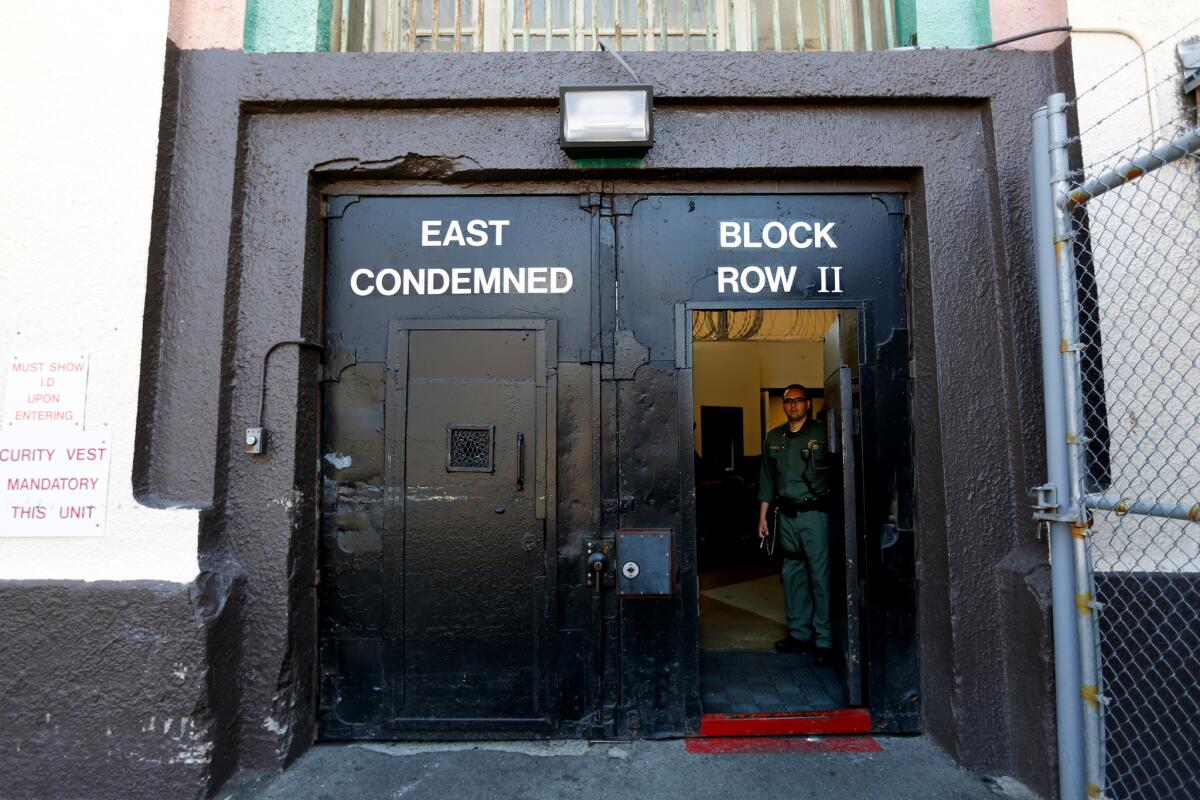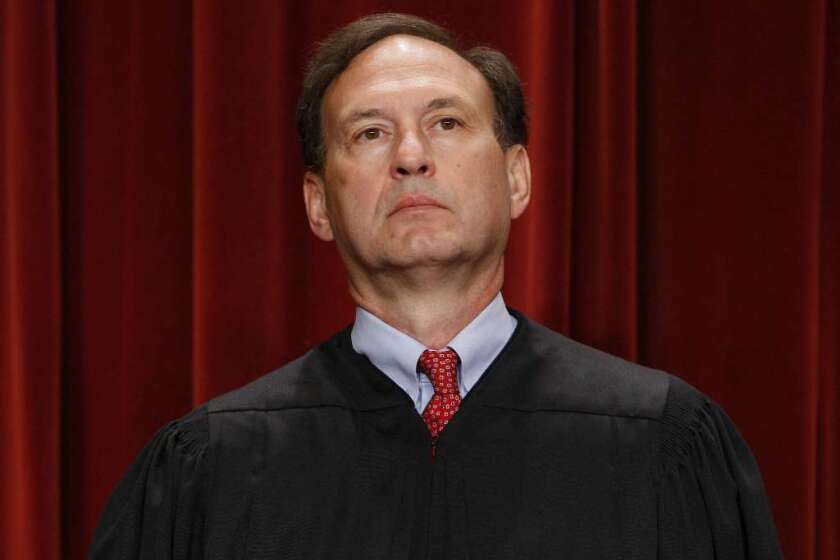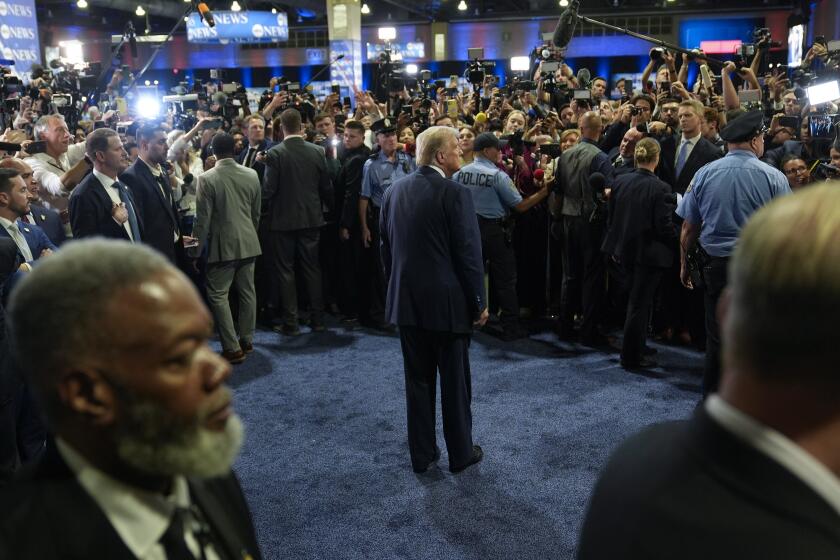Editorial: The state Supreme Court should take this chance to end California’s death penalty

In California, every death sentence handed down to a convicted murderer gets an automatic appeal to the state Supreme Court, one of many steps intended to ensure that justice has been reached and that the innocent have not been wrongfully convicted — and even that the guilty have been treated fairly. Of course, taking steps to ensure fairness is not the same thing as achieving it, and over the years death sentences here have been meted out disproportionately to people of color — primarily Black and Latino men — and at a rate that varies by county.
One such automated appeal currently before the Supreme Court involves an unusual argument that calls into question the constitutionality of the death sentences handed down to all 711 people currently on California’s death row, the most in the nation. In fact, we account for more than a quarter of all death row inmates in the country. More people, in fact, than the combined totals for Florida and Texas.
Of course, those two southern states have executed people with abandon, while in California only 13 people have been put to death since 1978 (another 44 died of other causes). And the execution chamber isn’t about to get fired up any time soon, since Gov. Gavin Newsom — a staunch opponent of capital punishment — declared a moratorium in March 2019 that won’t likely get lifted as long as he is in office.
Conservative justices need to treat the right to vote with more respect.
The case before the court involves the death sentence that a Los Angeles jury handed down in 2009 to Don’te McDaniel, one of two men convicted of murdering two people and wounding two witnesses to settle a gang-related drug dispute in 2004. Death penalty trials consist of two phases, the criminal trial and the sentencing trial. The jury quickly convicted McDaniel of the murders and related weapons crimes, but it deadlocked on whether he deserved the death penalty. A second jury was impaneled and sentenced McDaniel to death.
Under California law, a jury has to find that there are aggravating factors (such as gang involvement or multiple victims) that outweigh any mitigating factors (such as evidence of past abuse or emotional disturbances at the time of the crime) in order to impose the death penalty. But unlike the criminal trial phase, there is no “beyond a reasonable doubt” requirement in the sentencing phase. The jurors don’t even have to agree on the same aggravating factors, nor do they have to reveal what factors they found. It’s absurd to set one standard for determining criminal guilt and a lesser one for whether that guilt merits the death penalty.
But more pernicious here is that the process is subject to the same weight of systemic racism as the rest of the criminal justice system. Earlier this month the case drew two highly unusual legal fillings — one by Newsom (the first such submission by a California governor) and the other by a group of current and former district attorneys — that tied the broad and familiar failings of capital punishment to the McDaniel case. The most salient, in our view, is that jurors weigh aggravating factors differently based on the race of the defendant, according to several studies.
Further, the California penal code defines more than two dozen special circumstances under which a murder is eligible for the death penalty. It’s such a broad sweep that, according to the studies cited in the prosecutors’ filing, almost every first-degree murder in California is eligible for the death penalty. That utterly belies the notion that the death penalty should be reserved for the “worst of the worst.”
Various scenarios could play out if a candidate or president-elect dies. Congress would do well to clarify the issue.
Those issues aren’t under consideration by the Supreme Court; it seems to be focusing on the argument over whether the “reasonable doubt” standard should apply to jury decisions on the death penalty. And, yes, it should. But we also hope that the court recognizes the power of the moment it is in.
Over the past several months the nation has been forced to confront systemic racism and to recognize that the criminal justice system is not necessarily just. Broad reforms in how we police, how we decide to prosecute, and what crimes really merit punishment are overdue.
But one thing is incontrovertible: The death penalty, in California as elsewhere, falls disproportionately on Black and Latino men, and is determined less by the nature of the crime than by where it occurred — a capital crime in the eyes of one district attorney might not be in the eyes of another, though both are enforcing the same state law. That is irrefutably arbitrary. The death penalty cannot stand, and we hope the court embraces the moment and throws out this barbaric practice.
More to Read
A cure for the common opinion
Get thought-provoking perspectives with our weekly newsletter.
You may occasionally receive promotional content from the Los Angeles Times.











